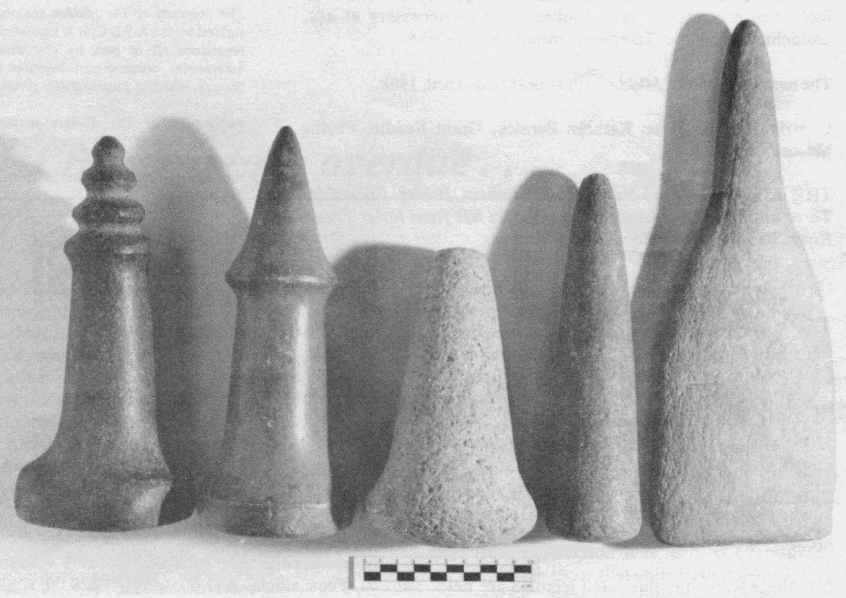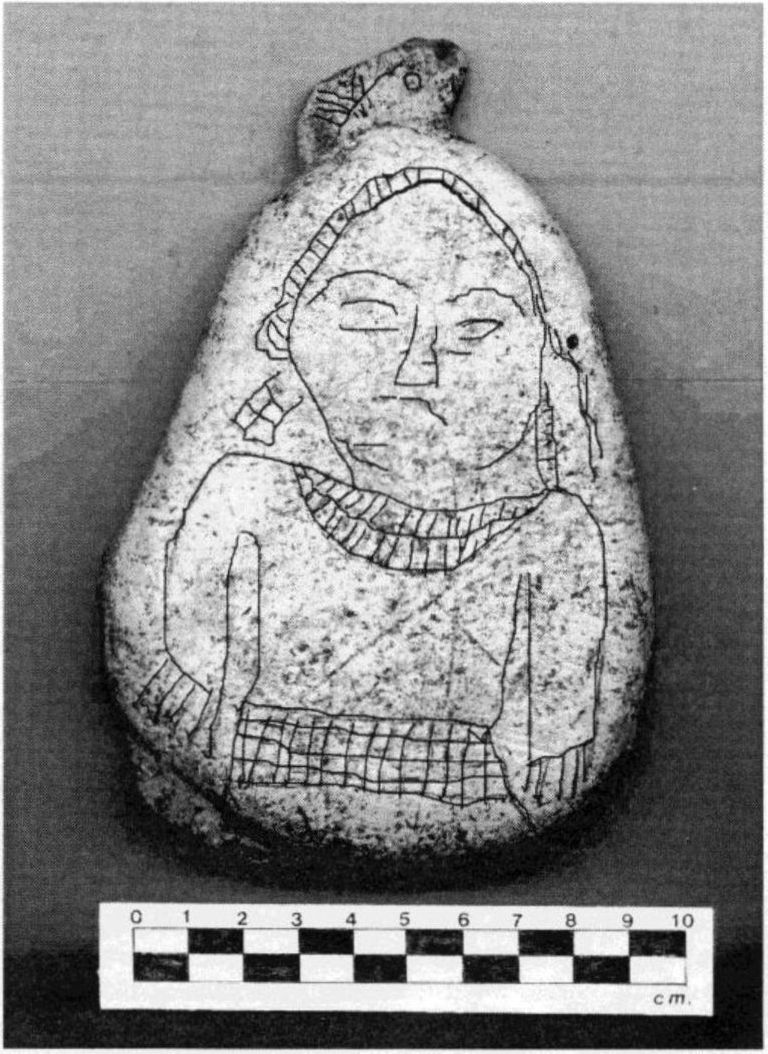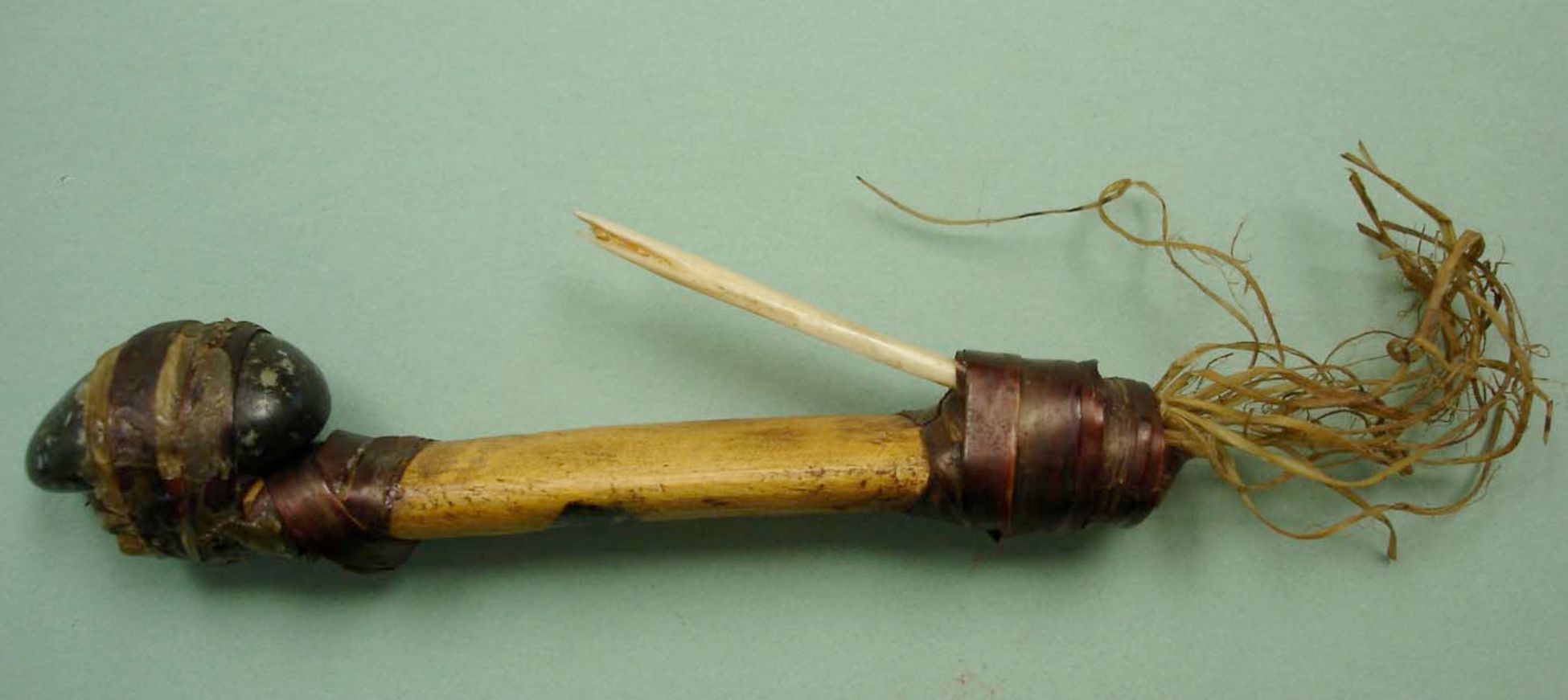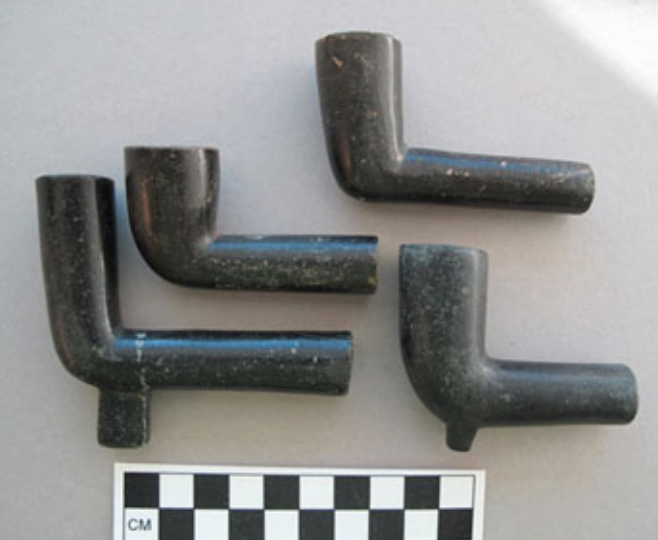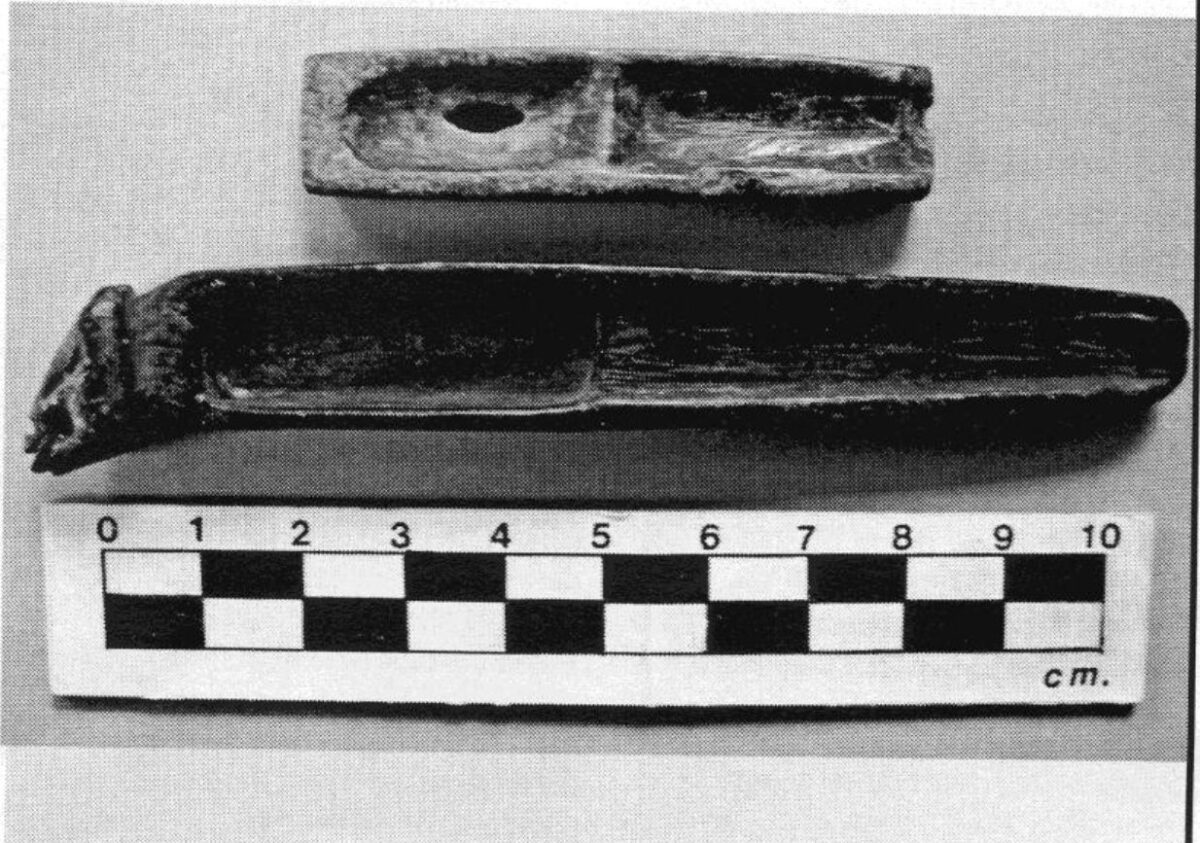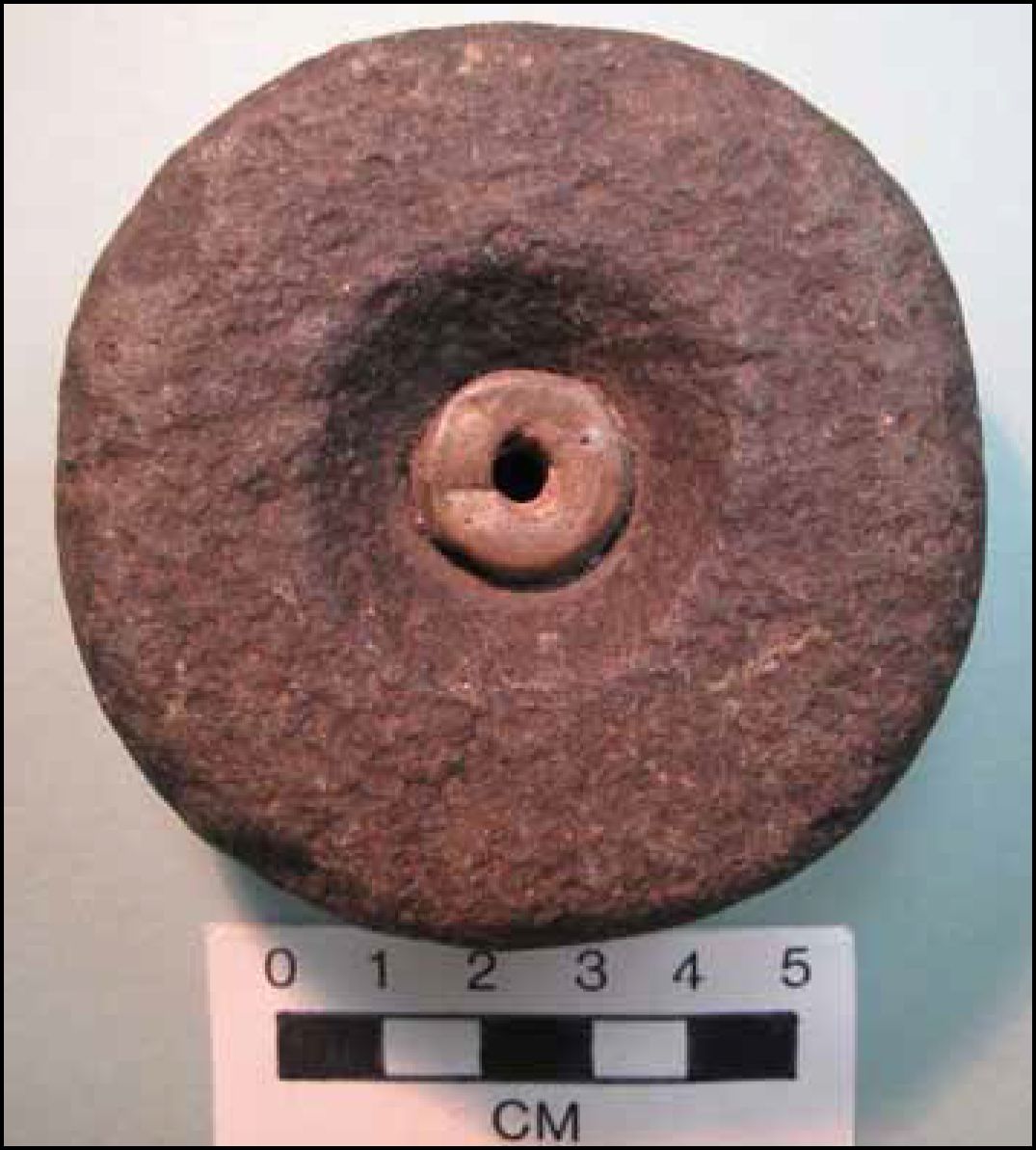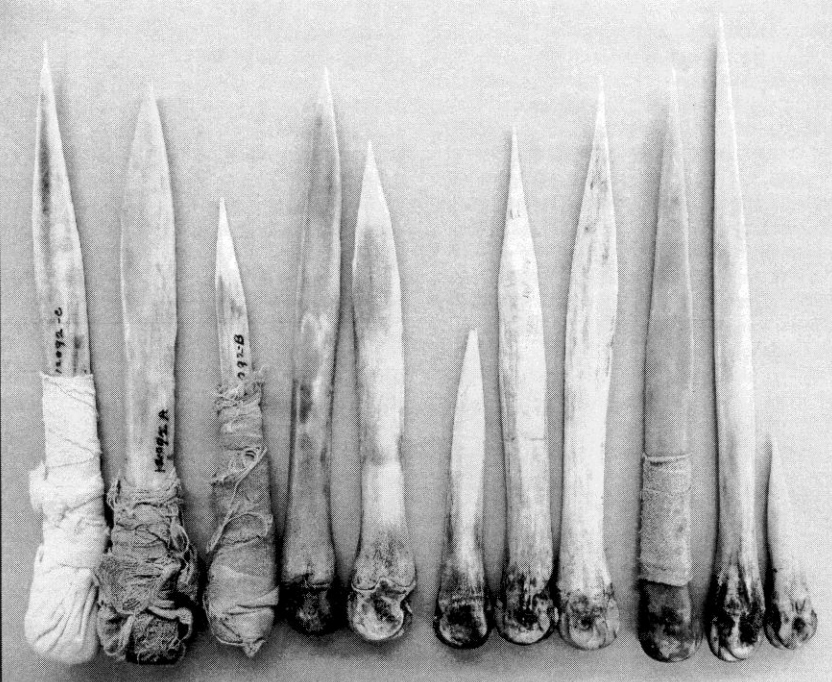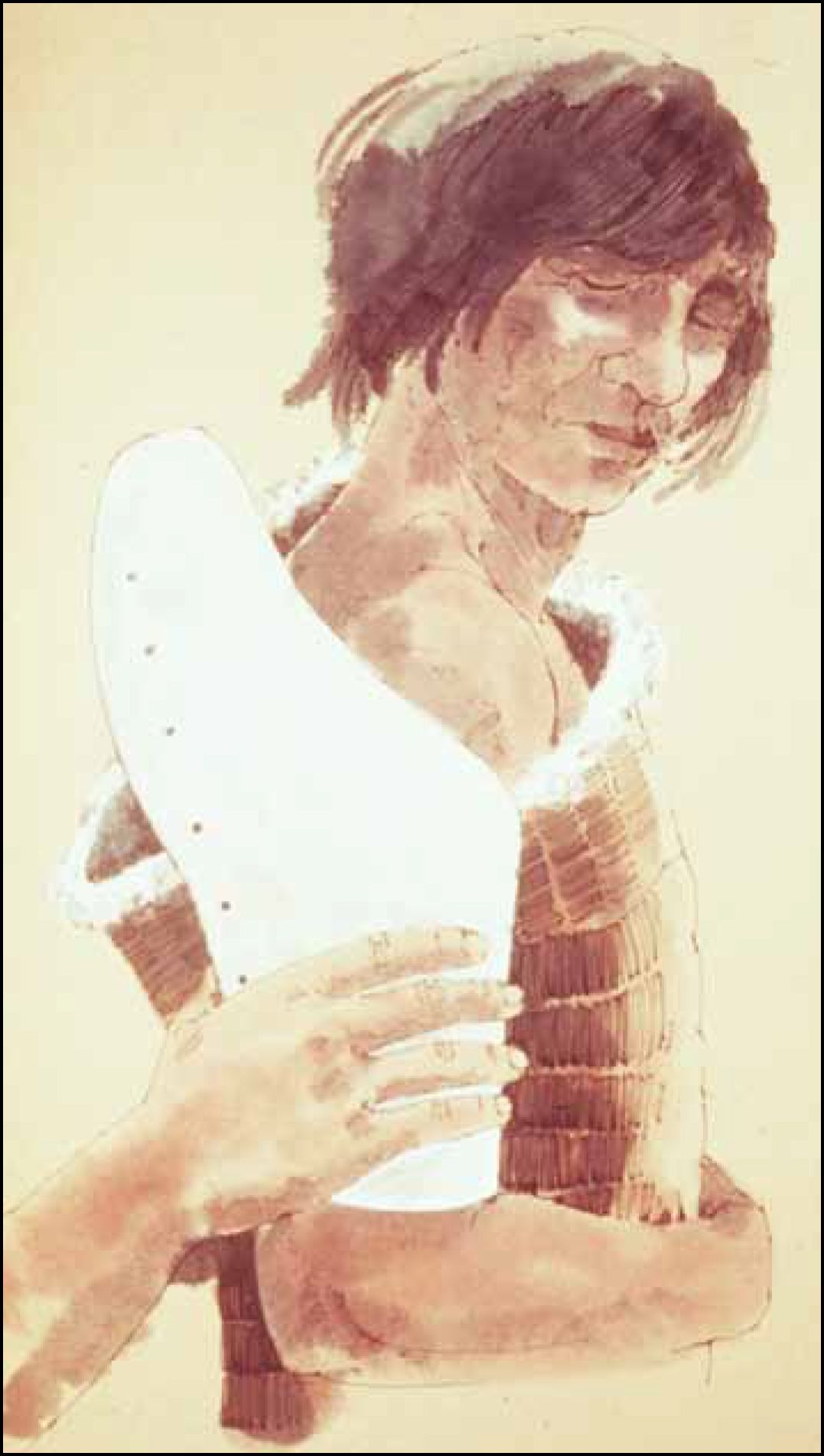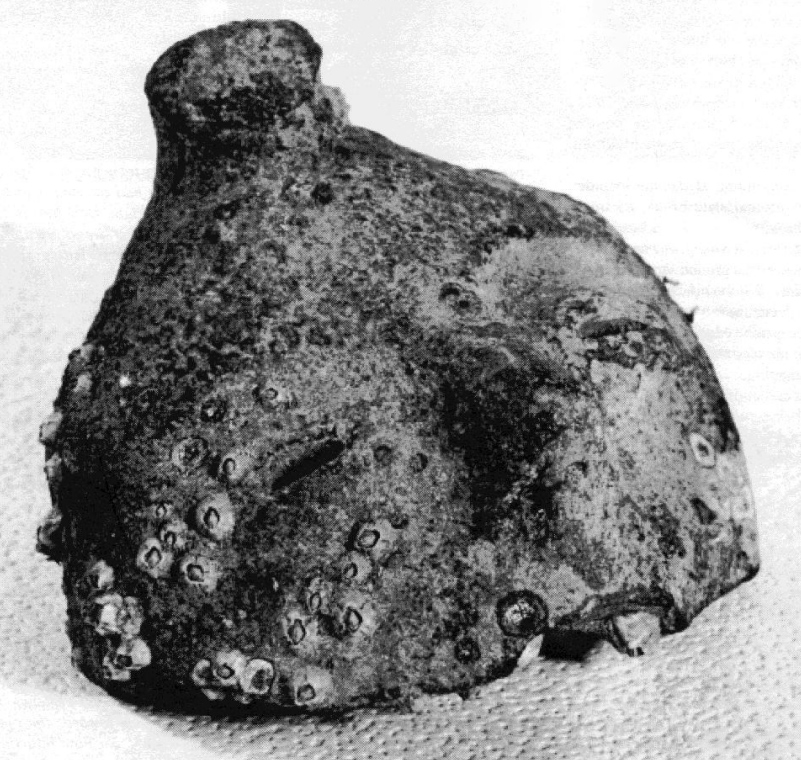
Originally published in The Midden, 24(3). 2011. By Grant Keddie David Scott’s Discovery and the Never Ending Story The topic of trans-Pacific contact is a controversial one. It is often said of academics that they ignore evidence that does not fit the accepted status quo. The story of this case is an interesting scenario of how the discovery of an artifact is dealt with when it does not fit our understanding of local history. This story transcends a period of four Museum Curators and now 62 years later is still unresolved. Are we dealing with evidence of ancient long distance trans-Pacific voyaging, long distant trade between the continents of the New World, or an example of unusual refuse from the … Continue reading “The Mystery of the Saturna Island Figurine Head”
